Carlisle Cathedral gains transformative modern pavilion by Feilden Fowles
A new design by London-based architects Feilden Fowles transforms Carlisle Cathedral’s Grade I-listed medieval Fratry – a structure originally built as a dining hall for monks – into an entrance pavilion

David Grandorge - Photography
Although the UK’s golden age of modernist ecclesiastical design has long since passed, this new project by Feilden Fowles dovetails modern design into a site with 900 years of history without compromising the old or watering down the new. The project transforms access to Carlisle Cathedral’s Grade I-listed medieval Fratry – a building originally built as a dining hall for the monks living in the Cathedral Priory.
Built in the 1500s and altered in the centuries that followed, the red sandstone building has served as a kitchen, church, weapons store, chapter house, brewery and library, amongst other things. Recognising that the modern era had left the space underused, the Cathedral has spent the best part of 15 years working out a way of bringing the building back into the heart of the community.
Appointed six years ago, Feilden Fowles offered the solution to build a new entrance pavilion, creating additional space and making the entire site more useable and welcoming. The pavilion is a modest single-storey structure finished in precisely cut Dumfries red sandstone and defined by its run of elegant neo-Gothic arches. Set at 90 degrees to the medieval structure, it contains a café, fully adaptable space as well as a new entrance to both the Fratry and the Undercroft.
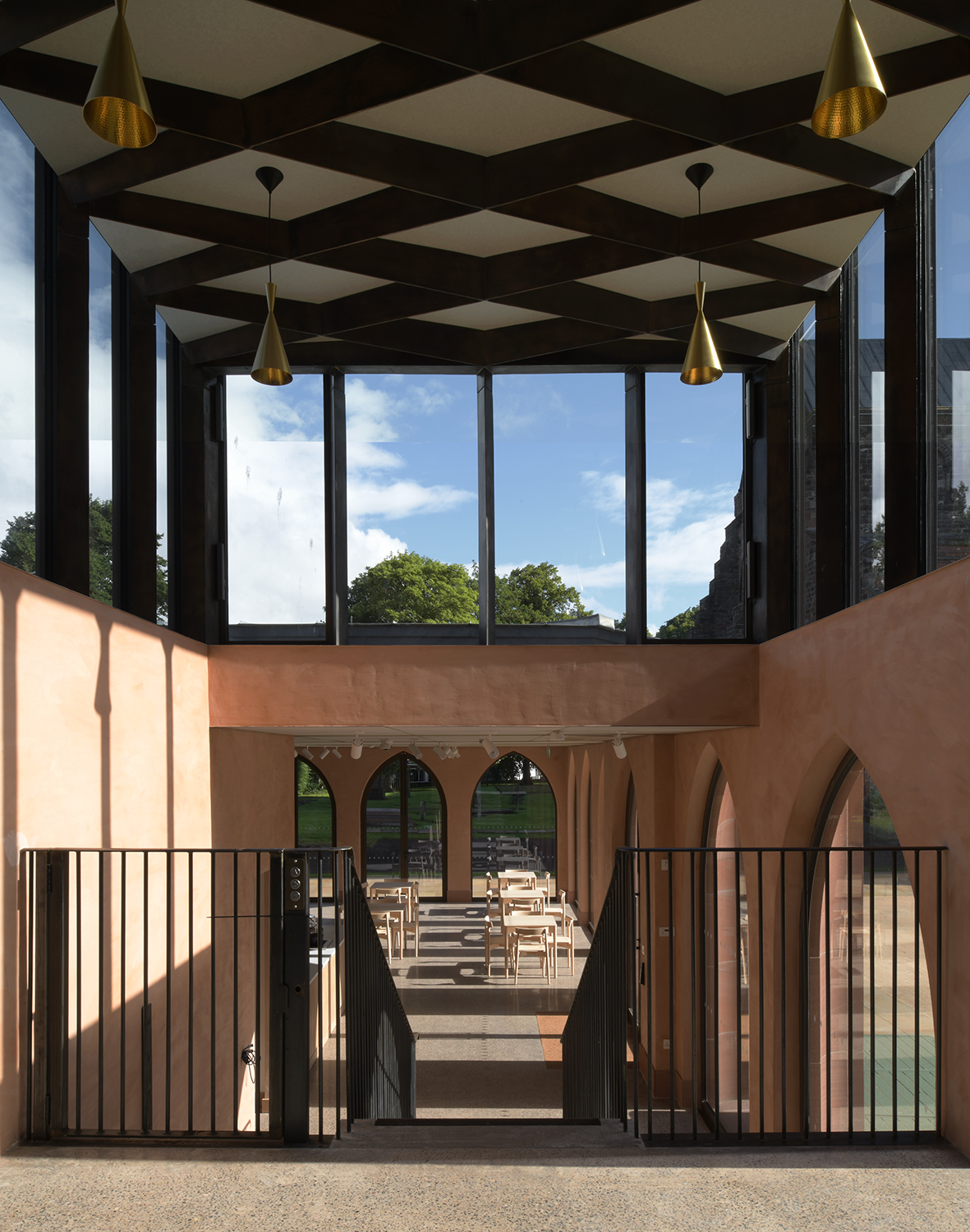
A bronze link structure, designed with Structure Workshop, contains steps and a lift, creating a light filled transition from new to old. The pavilion uses modern methods like 3D modelling and CNC-cut stone, as well as simple, hard-wearing materials like timber, bronze, polished concrete, stone and lime plaster. A new courtyard cements the feeling of unity with the cathedral, creating a new public space supported by the new café and education facilities.
Feilden Fowles has had to wind its way through public consultations, rounds of fundraising and the close involvement of specialists at every stage. The result is a credit to the team’s tenacity, as well as a reminder that great architecture is a long game. The project also involved reinstating lost or altered features, as well as the application of new stone carvings, and creates not only a new public space for Carlisle, but a fine example of contemporary design in a historic context.
The Gothic forms are treated with geometric precision and the new building never attempts to overpower its surroundings. Fergus Feilden and Edmund Fowles founded their practice in London in 2009 and quickly garnered attention for their work in the arts and education sectors. Currently assisting with the revitalization of the landscaping around London’s Natural History Museum, they are also working on major projects at both Oxford and Cambridge Universities. §
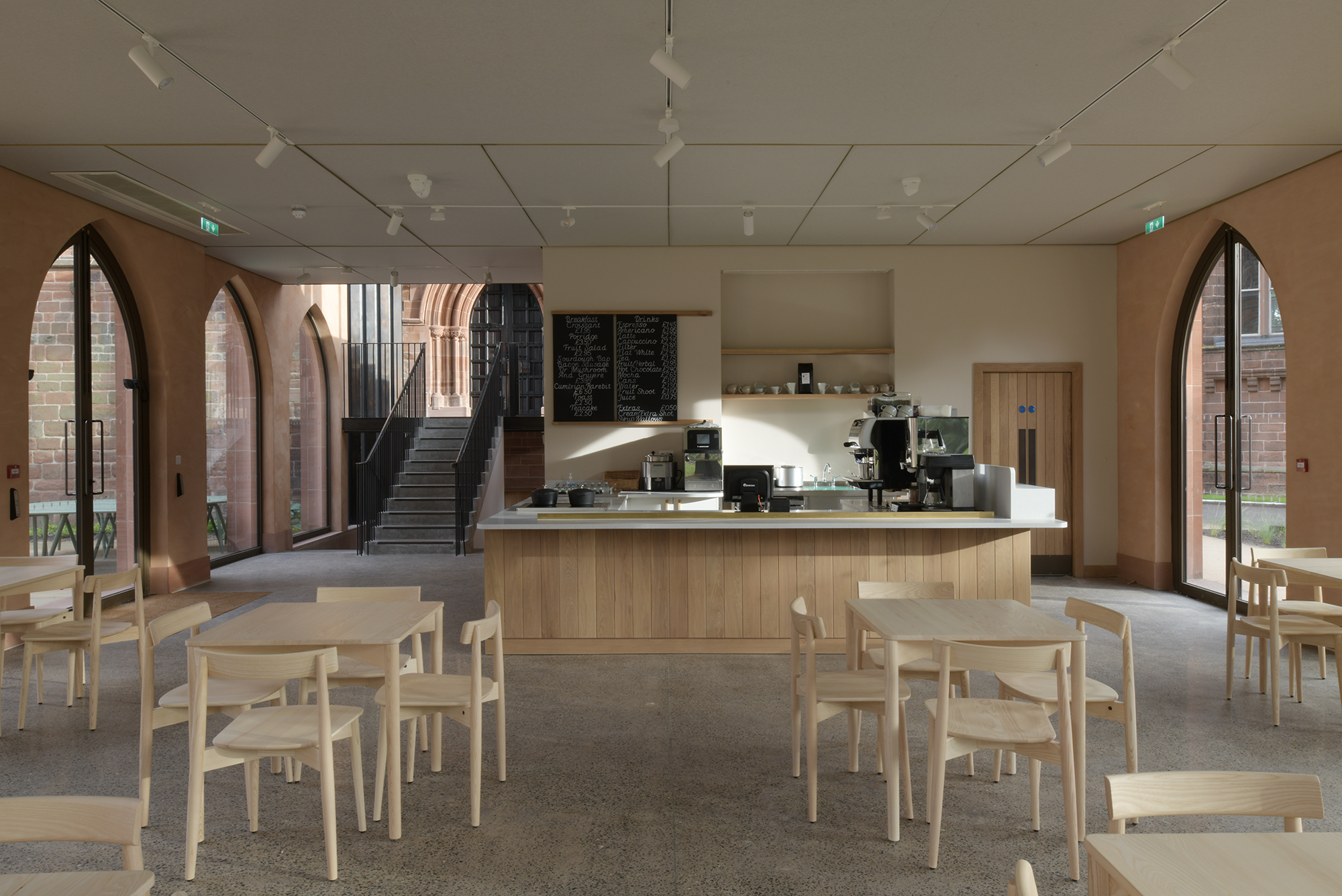

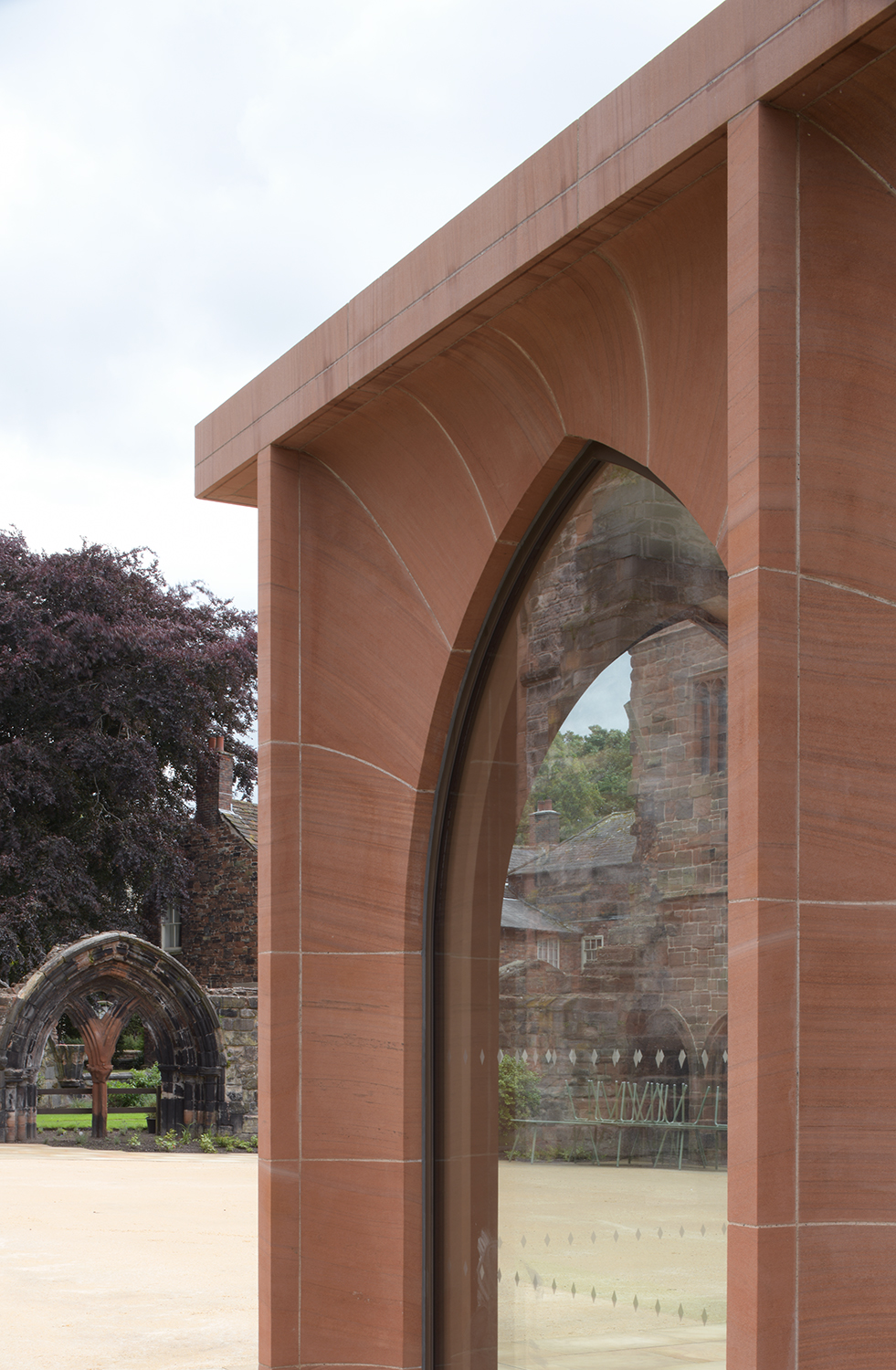
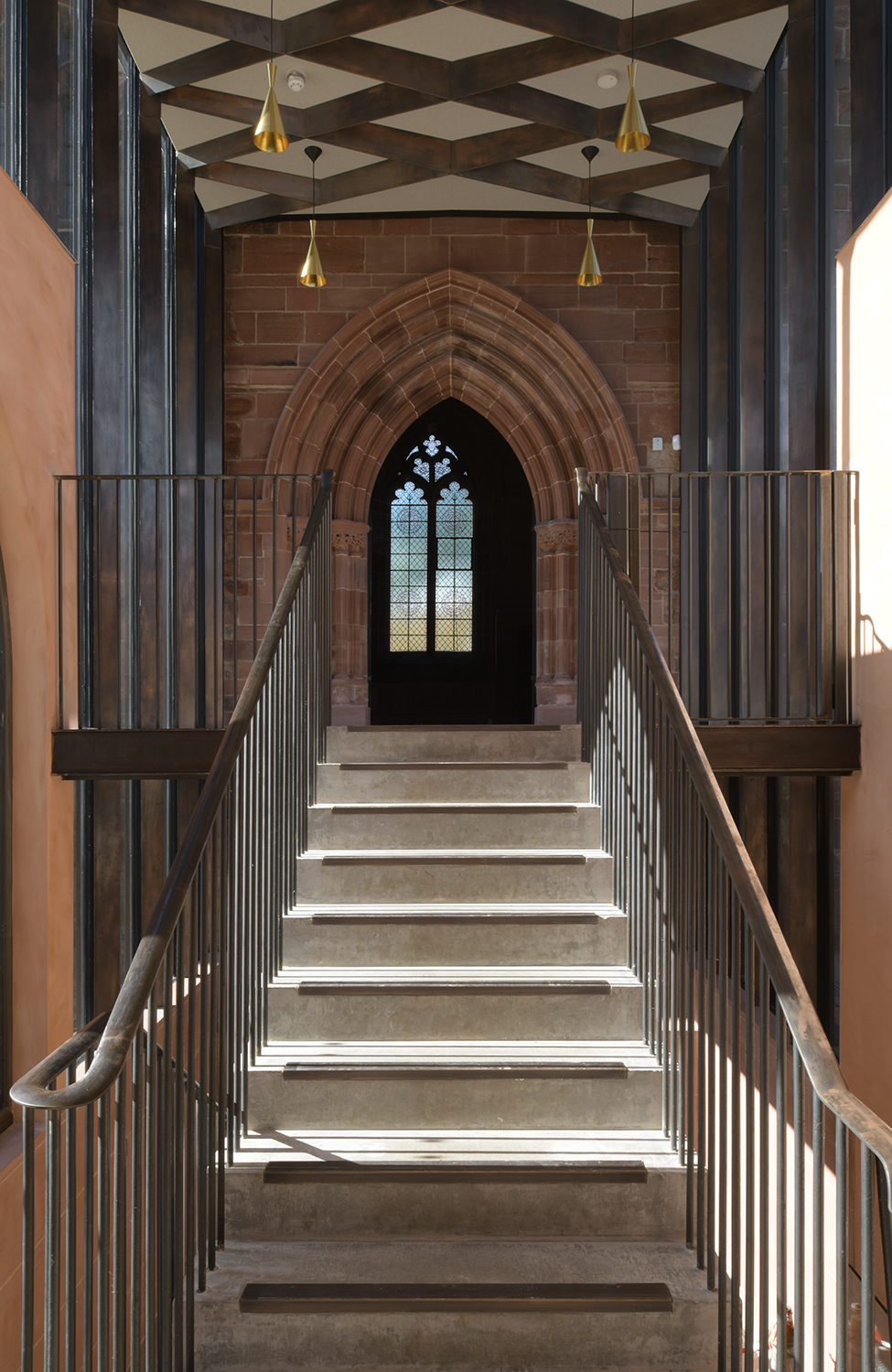
INFORMATION
Receive our daily digest of inspiration, escapism and design stories from around the world direct to your inbox.
Jonathan Bell has written for Wallpaper* magazine since 1999, covering everything from architecture and transport design to books, tech and graphic design. He is now the magazine’s Transport and Technology Editor. Jonathan has written and edited 15 books, including Concept Car Design, 21st Century House, and The New Modern House. He is also the host of Wallpaper’s first podcast.
-
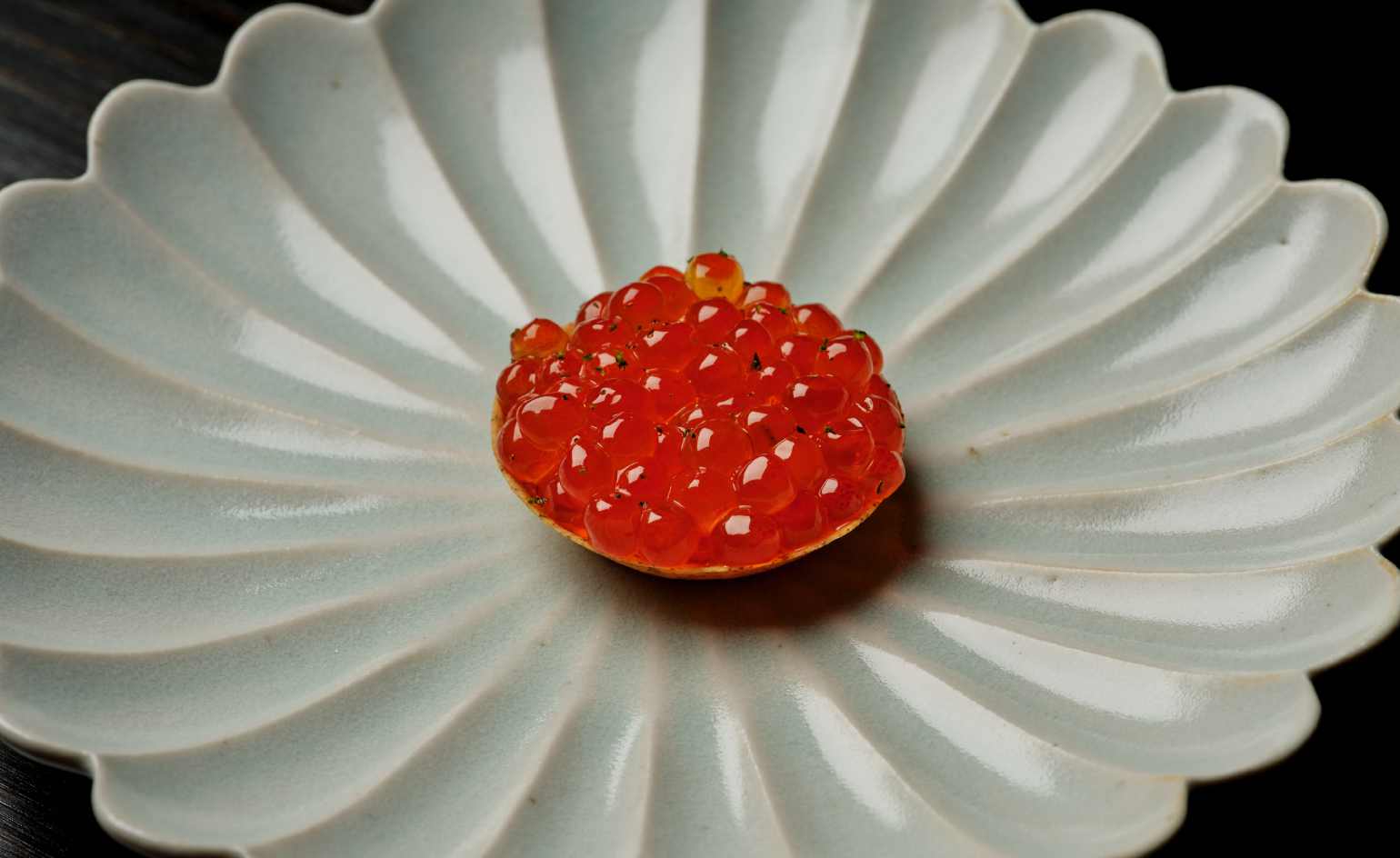 This cult Los Angeles pop-up restaurant now has a permanent address
This cult Los Angeles pop-up restaurant now has a permanent addressChef Brian Baik’s Corridor 109 makes its permanent debut in Melrose Hill. No surprise, it's now one of the hardest tables in town to book
-
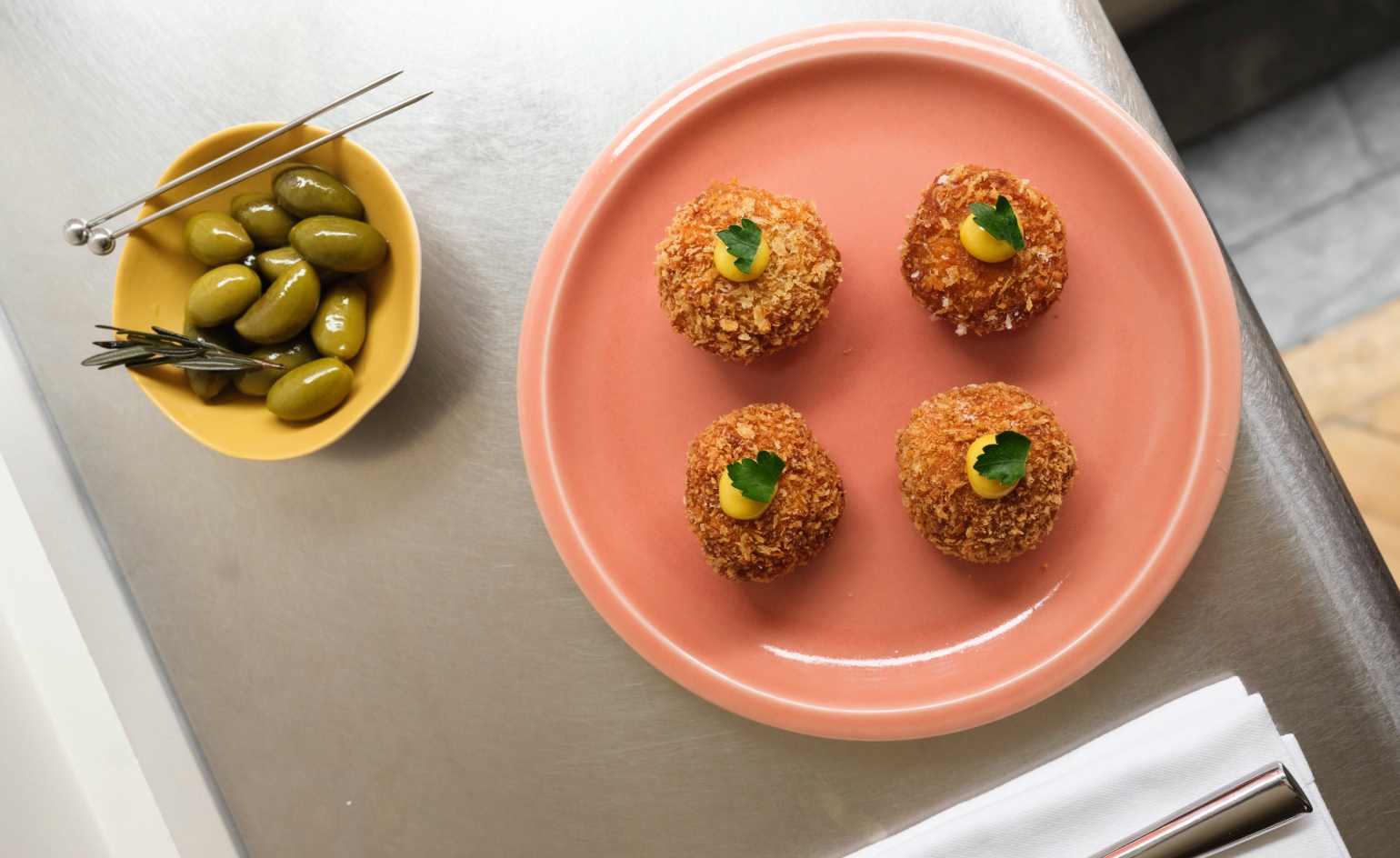 French bistro restaurant Maset channels the ease of the Mediterranean in London
French bistro restaurant Maset channels the ease of the Mediterranean in LondonThis Marylebone restaurant is shaped by the coastal flavours, materials and rhythms of southern France
-
 How ethical is Google Street View, asks Jon Rafman in Copenhagen
How ethical is Google Street View, asks Jon Rafman in CopenhagenIn 'Report a Concern - the Nine Eyes Archives' at Louisiana Museum of Art, Copenhagen, Jon Rafman considers technology's existential implications
-
 A former agricultural building is transformed into a minimal rural home by Bindloss Dawes
A former agricultural building is transformed into a minimal rural home by Bindloss DawesZero-carbon design meets adaptive re-use in the Tractor Shed, a stripped-back house in a country village by Somerset architects Bindloss Dawes
-
 RIBA House of the Year 2025 is a ‘rare mixture of sensitivity and boldness’
RIBA House of the Year 2025 is a ‘rare mixture of sensitivity and boldness’Topping the list of seven shortlisted homes, Izat Arundell’s Hebridean self-build – named Caochan na Creige – is announced as the RIBA House of the Year 2025
-
 In addition to brutalist buildings, Alison Smithson designed some of the most creative Christmas cards we've seen
In addition to brutalist buildings, Alison Smithson designed some of the most creative Christmas cards we've seenThe architect’s collection of season’s greetings is on show at the Roca London Gallery, just in time for the holidays
-
 In South Wales, a remote coastal farmhouse flaunts its modern revamp, primed for hosting
In South Wales, a remote coastal farmhouse flaunts its modern revamp, primed for hostingA farmhouse perched on the Gower Peninsula, Delfyd Farm reveals its ground-floor refresh by architecture studio Rural Office, which created a cosy home with breathtaking views
-
 A revived public space in Aberdeen is named Scotland’s building of the year
A revived public space in Aberdeen is named Scotland’s building of the yearAberdeen's Union Terrace Gardens by Stallan-Brand Architecture + Design and LDA Design wins the 2025 Andrew Doolan Best Building in Scotland Award
-
 A refreshed 1950s apartment in East London allows for moments of discovery
A refreshed 1950s apartment in East London allows for moments of discoveryWith this 1950s apartment redesign, London-based architects Studio Naama wanted to create a residence which reflects the fun and individual nature of the clients
-
 In this Cotswolds home, drama meets minimalism
In this Cotswolds home, drama meets minimalismCotswolds home Hiaven house, with interiors designed by McLaren Excell, is a perfect blend of contemporary chic and calm, countryside drama
-
 David Kohn’s first book, ‘Stages’, is unpredictable, experimental and informative
David Kohn’s first book, ‘Stages’, is unpredictable, experimental and informativeThe first book on David Kohn Architects focuses on the work of the award-winning London-based practice; ‘Stages’ is an innovative monograph in 12 parts